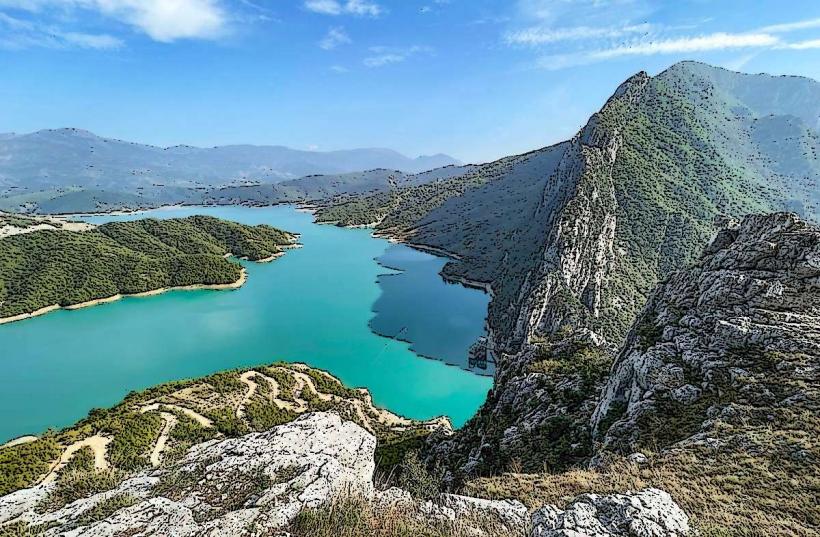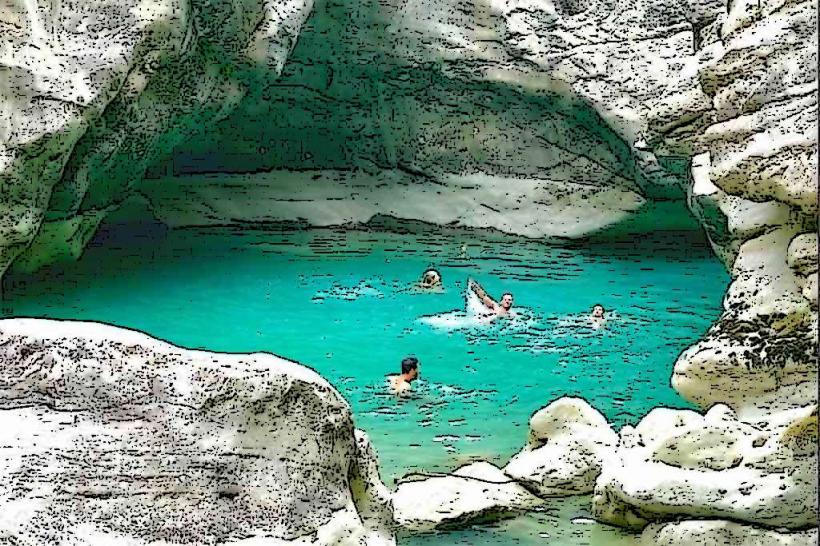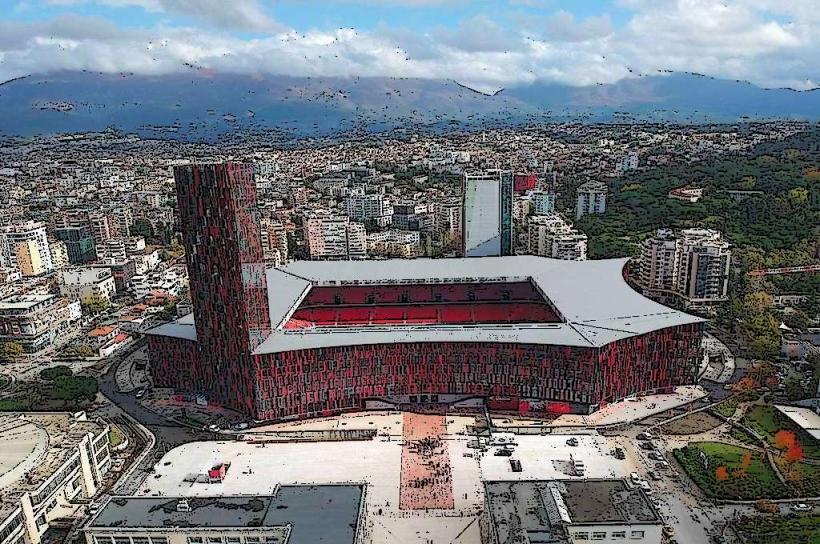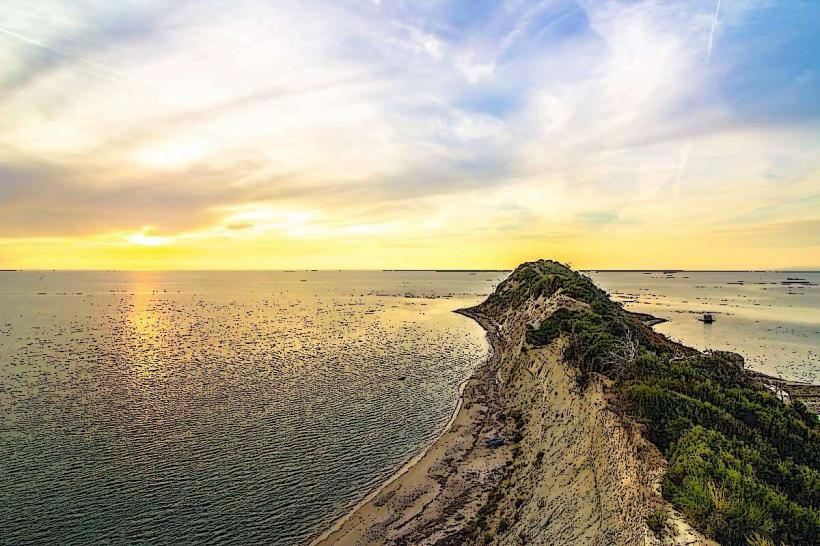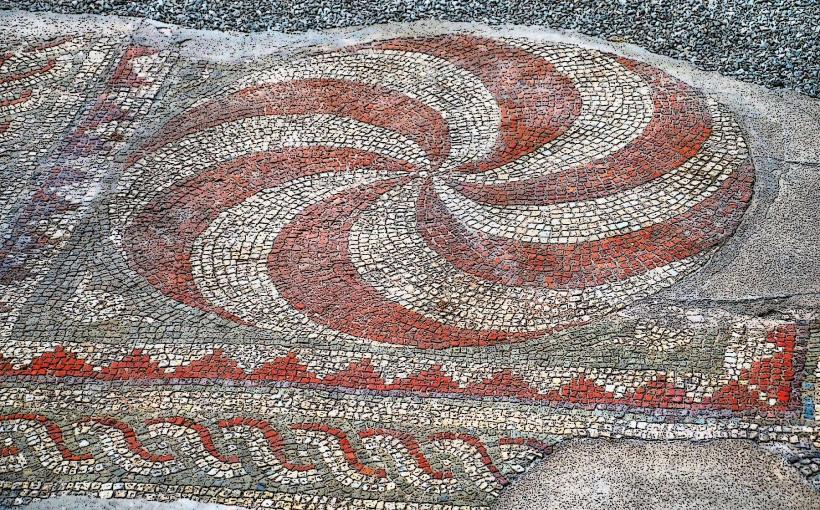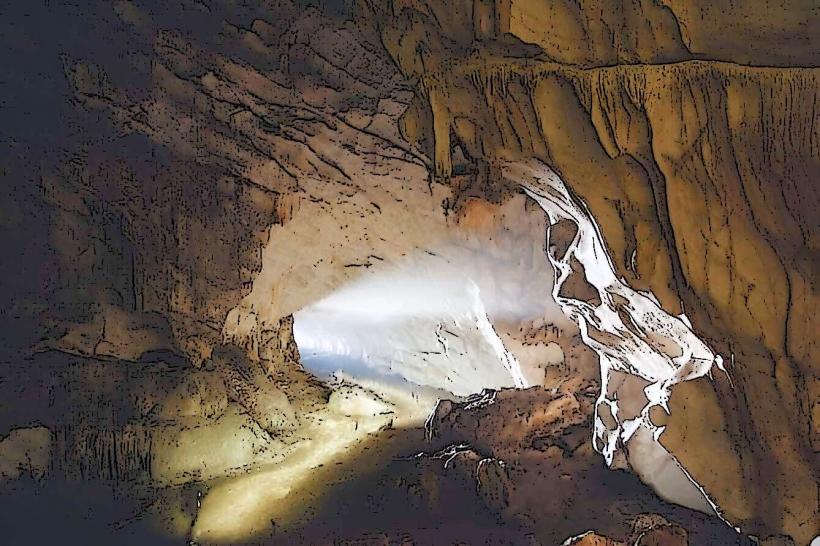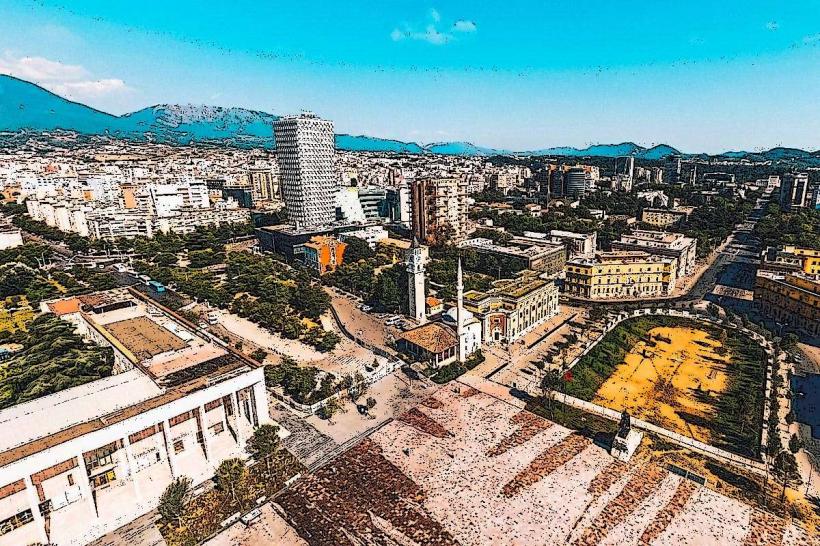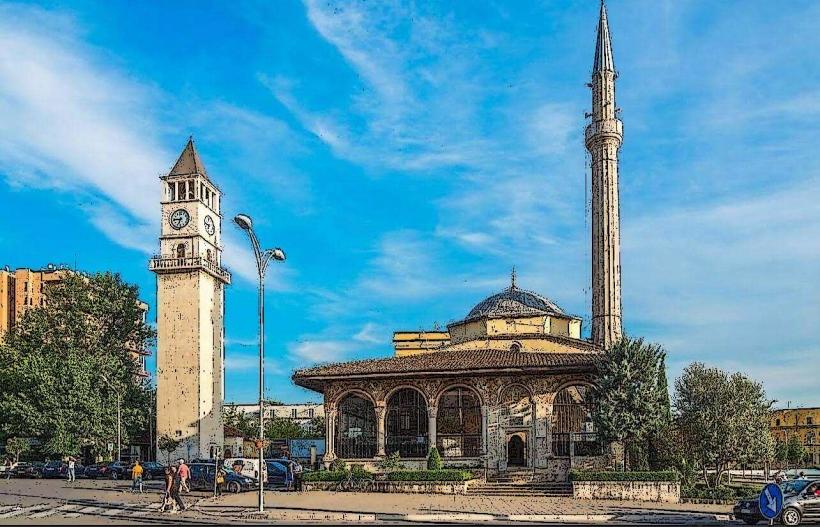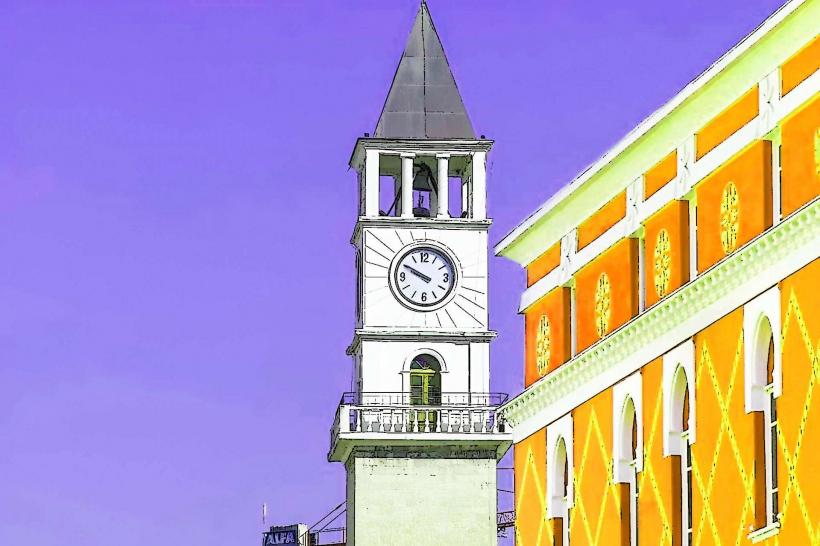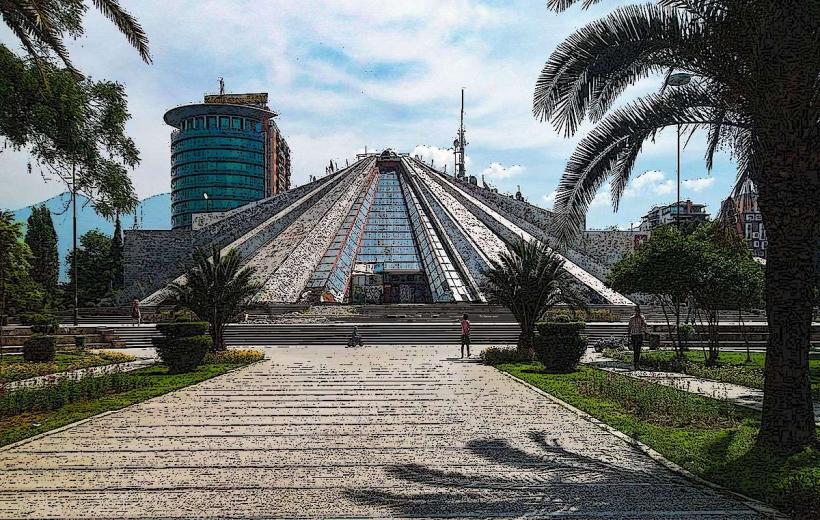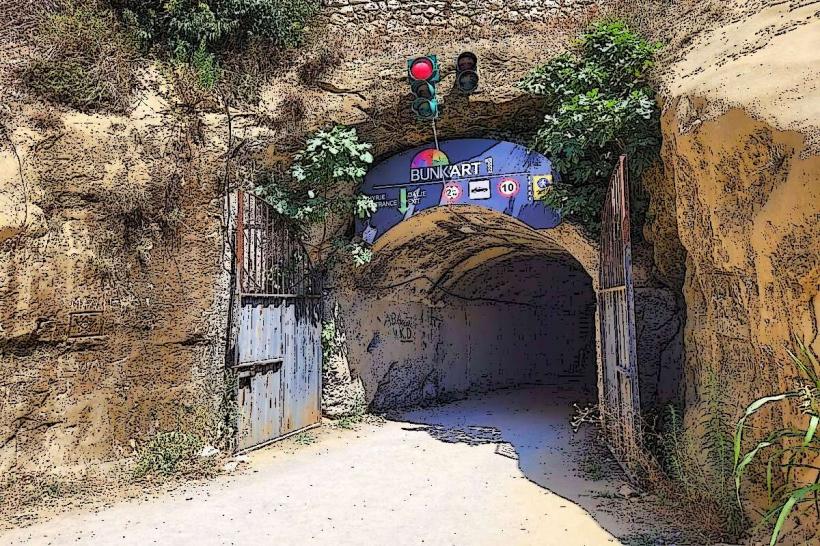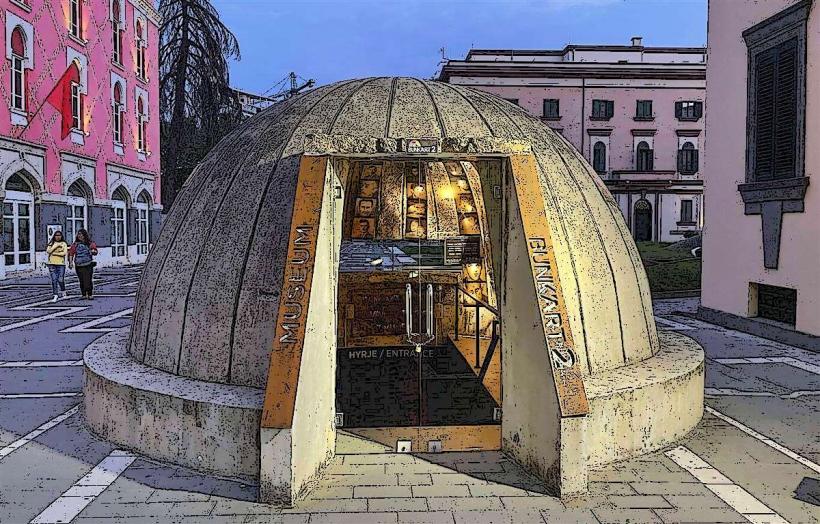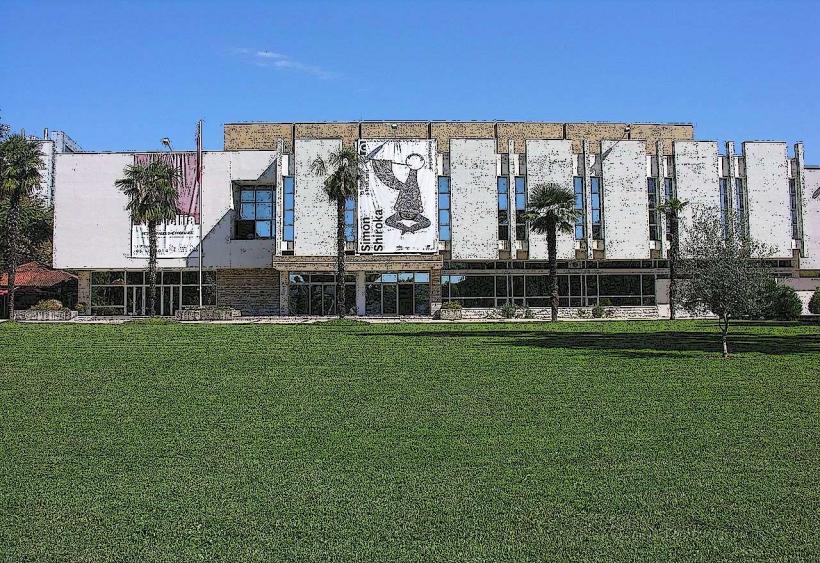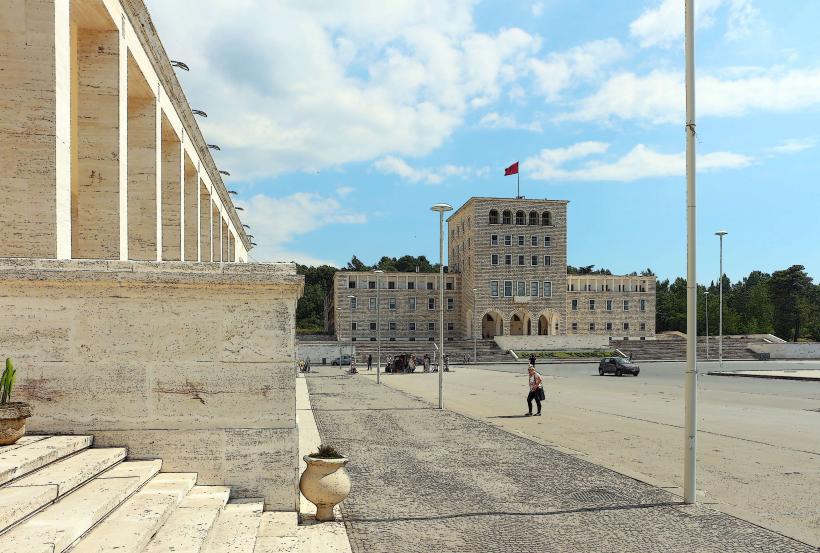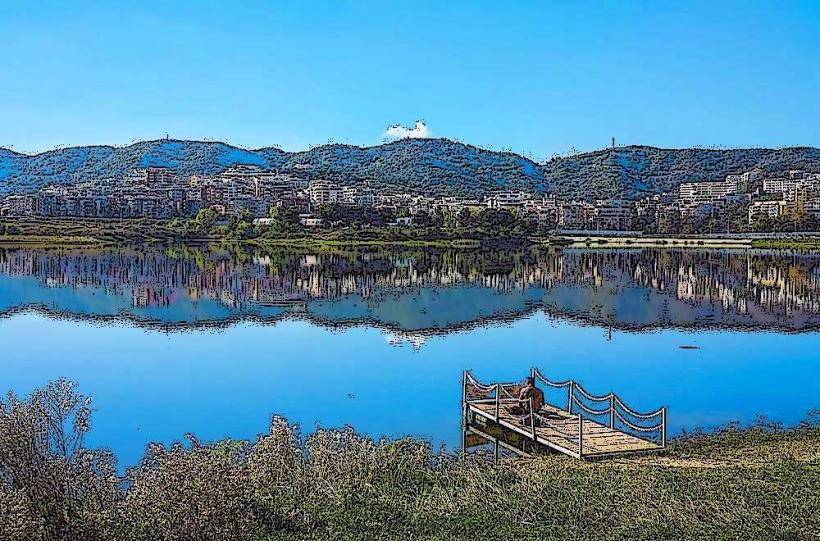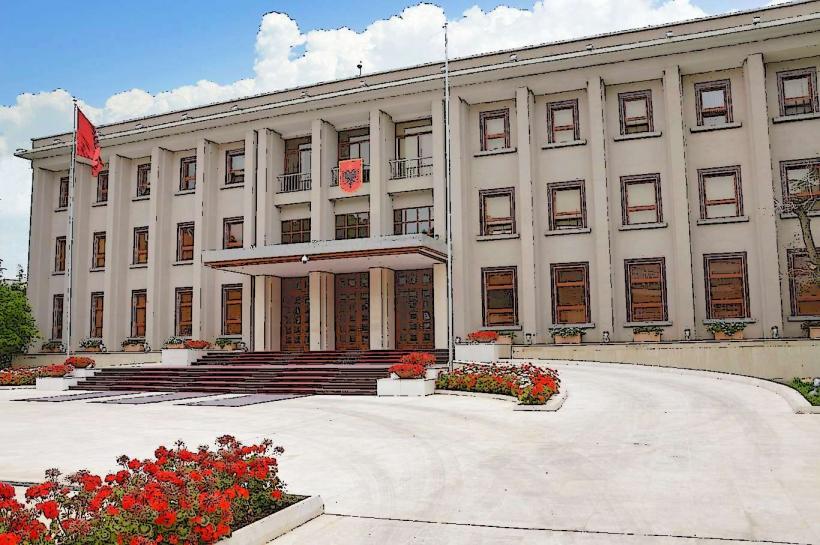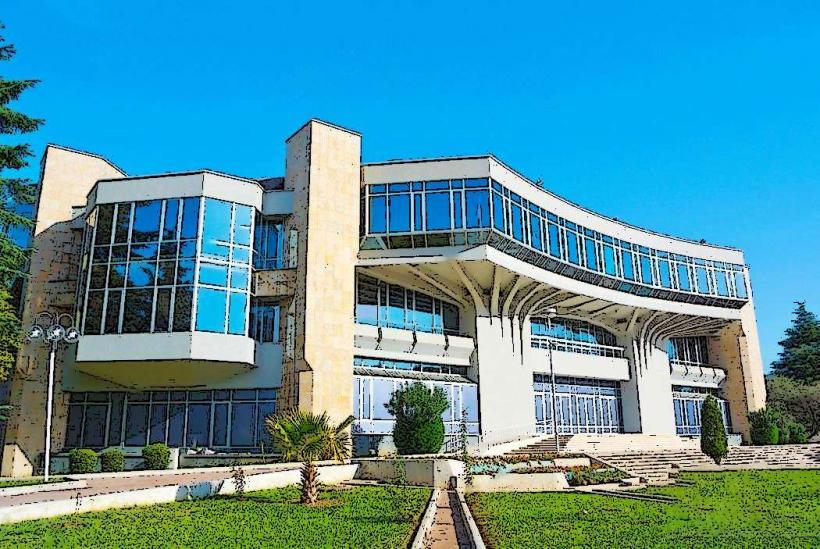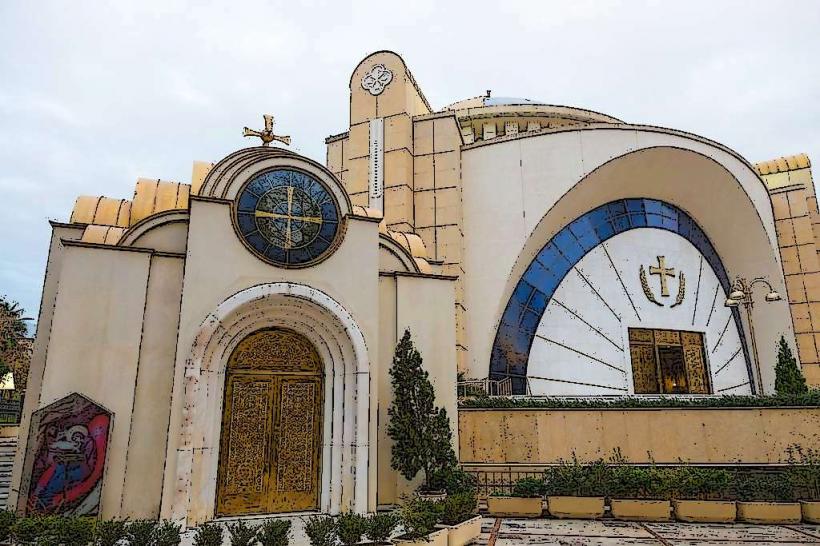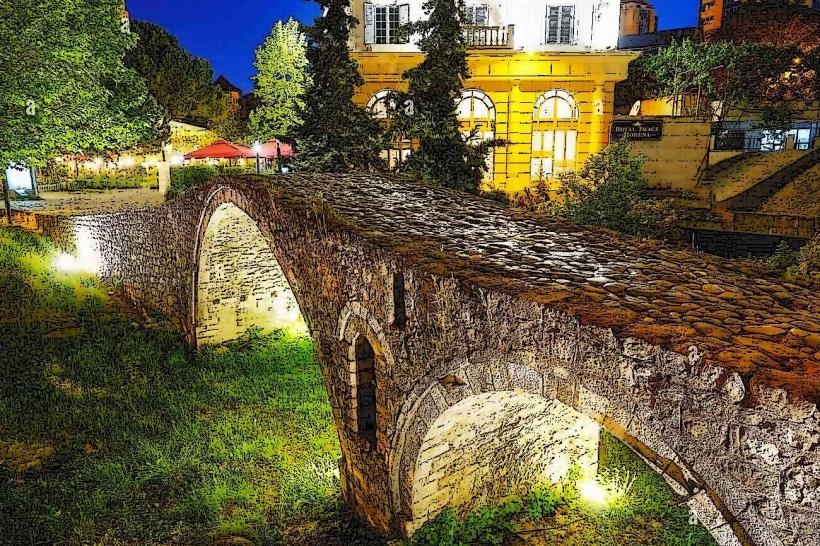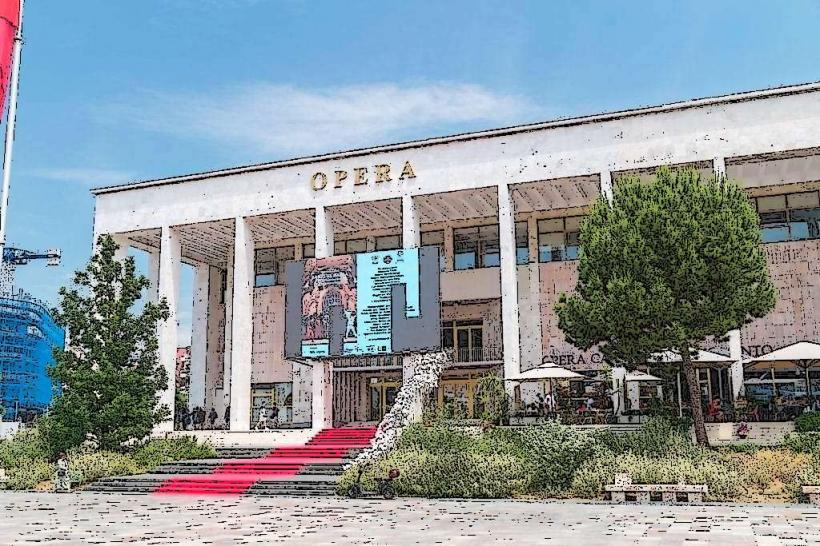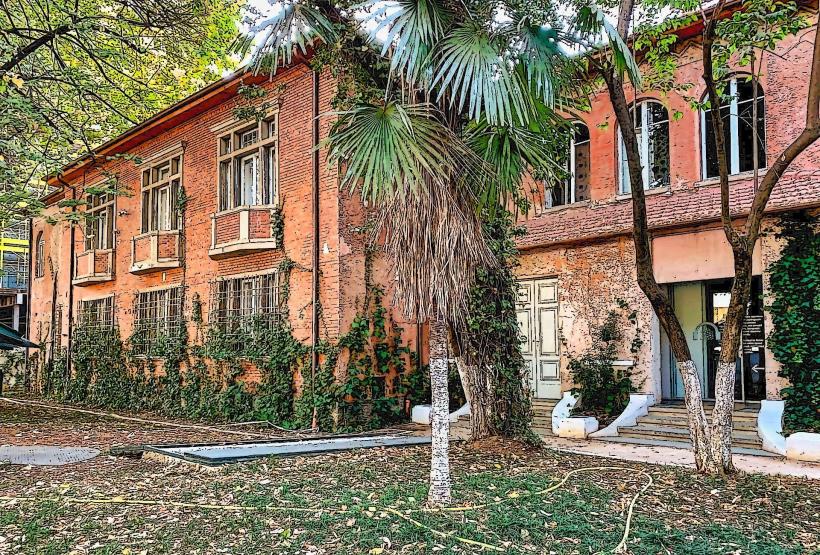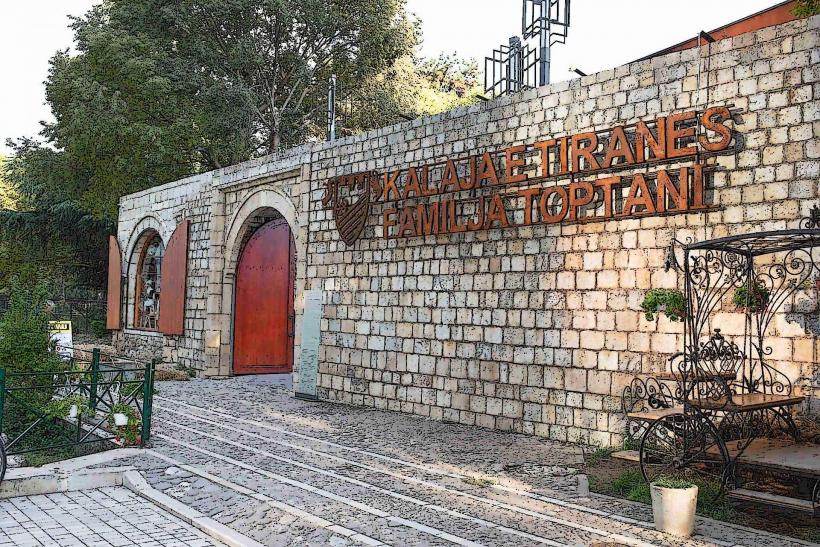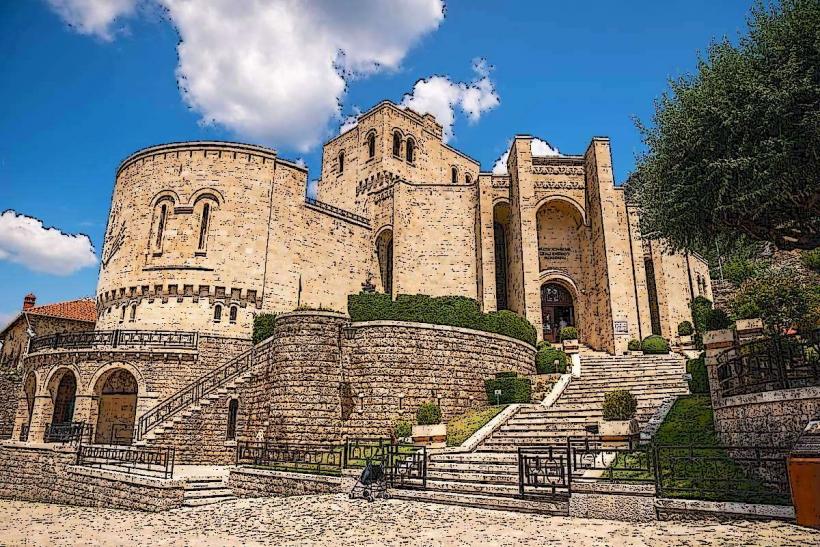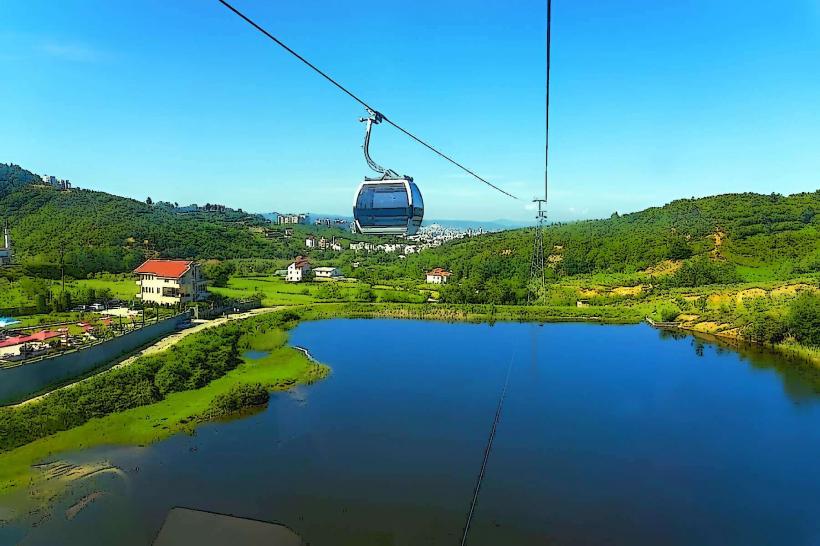Information
Landmark: National History MuseumCity: Tirana
Country: Albania
Continent: Europe
The National History Museum (Muzeu Historik Kombëtar) of Albania, located in Tirana, is the country's largest and most important museum. It offers a comprehensive overview of Albanian history, from prehistoric times to the modern era. The museum is situated in Skanderbeg Square, making it easily accessible and a central part of Tirana’s cultural landscape.
1. Historical Background
The National History Museum was founded in 1981 by the Albanian government to collect, preserve, and display historical artifacts from Albania’s past. Its purpose was not only to educate the public about the country's history but also to promote national identity, especially during the era of communist rule in Albania.
- Political Context: During the communist regime under Enver Hoxha, the museum’s role was heavily influenced by the ideology of socialism. Many exhibits emphasized Albania’s struggle for independence, its resistance against foreign occupation, and the achievements of the socialist state. After the fall of communism in the early 1990s, the museum underwent significant changes, updating its exhibitions to reflect a broader and more inclusive history of Albania, including the pre-Ottoman and modern periods.
2. The Museum Building
The museum is housed in a large, rectangular building with a modernist architectural style, reflecting the grandeur of Albania’s socialist past. The structure has undergone several renovations to maintain its condition and to adapt to new exhibition needs. A major feature of the building is its front façade, which features a large mosaic depicting scenes from the Albanian Renaissance and important moments in the country’s national history.
The Mosaic: The mosaic, called "The Albanian Renaissance", is one of the museum’s most prominent features. Created in the late 1970s, it is a historical mural that illustrates key moments in Albania's fight for independence and its national identity. It prominently includes figures such as Skanderbeg, Ismail Qemali (the first president of Albania), and various moments from the 19th and 20th centuries when Albania sought autonomy from the Ottoman Empire and later gained independence in 1912.
Renovation and Updates: After the 1990s, when Albania transitioned from a communist state to a democratic republic, the museum’s exhibitions were updated to reflect more diverse historical perspectives. This includes the history of ancient Illyrian civilizations, Albania’s role during the Ottoman era, and more recent events, such as the rise and fall of communism in Albania.
3. Exhibitions and Collections
The National History Museum has a vast collection of over 300,000 artifacts, which span from the prehistoric era to the modern period. The museum’s exhibitions are organized into several thematic sections that cover various periods in Albania’s history.
Prehistoric and Ancient Albania
- Illyrian Culture: The museum’s collections begin with the prehistoric era and the Illyrians, the ancient people who inhabited the region that is now Albania. Exhibits include tools, pottery, and other artifacts that shed light on the early inhabitants of the region.
- Greek and Roman Influence: The museum also showcases Albania’s connection to ancient Greek and Roman civilizations, as the area was an important part of the Roman Empire. The ancient city of Epidamnos (modern Durrës) is among the key sites discussed.
Medieval and Ottoman Albania
- Byzantine and Ottoman Eras: The museum highlights the impact of the Byzantine Empire on Albania’s development, including the rise of Christian communities and the establishment of monasteries. It also covers Albania's time under the Ottoman Empire, which ruled the region for several centuries, from the 15th to the early 20th century.
- Skanderbeg and National Identity: A significant portion of the museum is dedicated to Gjergj Kastrioti, better known as Skanderbeg, the Albanian national hero who led a rebellion against the Ottoman Turks in the 15th century. His role in Albania’s history is central to the museum’s narrative, and the museum features a wide range of exhibits detailing his life and the resistance against the Ottoman Empire.
The National Renaissance and Independence Movement
- The National Renaissance: The museum displays a section dedicated to the Albanian National Renaissance (Rilindja Kombëtare), a cultural and political movement that fought for Albania’s independence from the Ottoman Empire in the 19th and early 20th centuries. Exhibits from this period include manuscripts, books, and documents from the time when Albania’s intellectuals, such as Ismail Qemali and Fan Noli, sought to modernize the country and promote Albanian identity.
- Independence in 1912: A highlight of this section is Albania’s declaration of independence from the Ottoman Empire in 1912, marked by the efforts of key figures in Albanian politics and society.
World War II and Communist Era
- World War II: The museum also covers Albania’s involvement in World War II, when the country was occupied by both Italian and German forces. The exhibits showcase the role of the Albanian Partisans in resisting the Axis powers and their eventual victory in 1944, which led to the establishment of a communist government.
- Communist Albania: One of the largest sections of the museum is dedicated to the communist era (1946–1991), focusing on the rule of Enver Hoxha. The museum displays propaganda posters, photographs, and artifacts from the time, documenting the rise of the socialist state, the policies of self-reliance (the so-called “Albanian model”), and the country’s eventual isolation from the rest of the world.
Post-Communist Albania
- Post-1991: After the fall of communism, the museum’s exhibits were updated to reflect the transition to democracy and Albania’s path towards integration with the European Union. This section includes references to Albania’s first free elections, the collapse of the communist regime, and the challenges the country faced as it emerged from decades of isolation.
4. Visitor Experience
The museum is designed to be both educational and accessible to a broad audience. Its layout provides an immersive experience, with detailed explanations in Albanian and English, allowing visitors from different backgrounds to appreciate the depth of Albania’s history.
- Guided Tours: The museum offers guided tours in several languages, providing in-depth explanations of the exhibits.
- Educational Programs: The museum also organizes educational programs for schoolchildren and academic institutions, aiming to foster a deeper understanding of Albania’s past.
5. Cultural and National Symbol
The National History Museum plays an essential role in shaping the national identity of Albanians. It is a space where Albanians of all ages can come together to learn about their rich and complex history. The museum serves not only as a historical archive but also as a place for reflection on the country's past struggles and triumphs, and it is a key site for understanding the social and cultural forces that have shaped modern-day Albania.
6. Conclusion
The National History Museum in Tirana is an essential destination for anyone seeking to understand the history and culture of Albania. Through its vast collection of artifacts, well-curated exhibitions, and focus on both national and regional histories, the museum offers a comprehensive overview of Albania's journey from its ancient roots to its present-day challenges. It stands as a testament to the resilience and cultural pride of the Albanian people.

